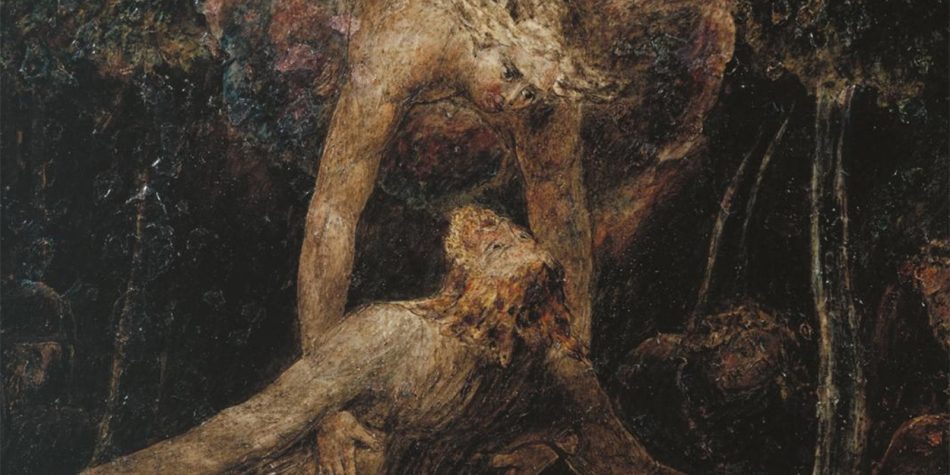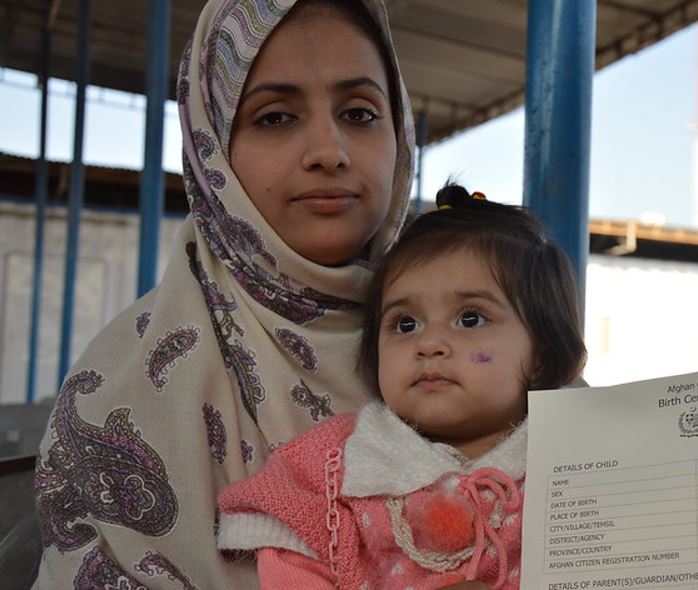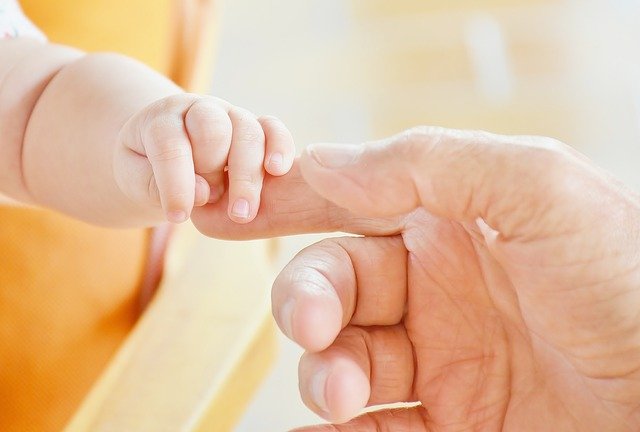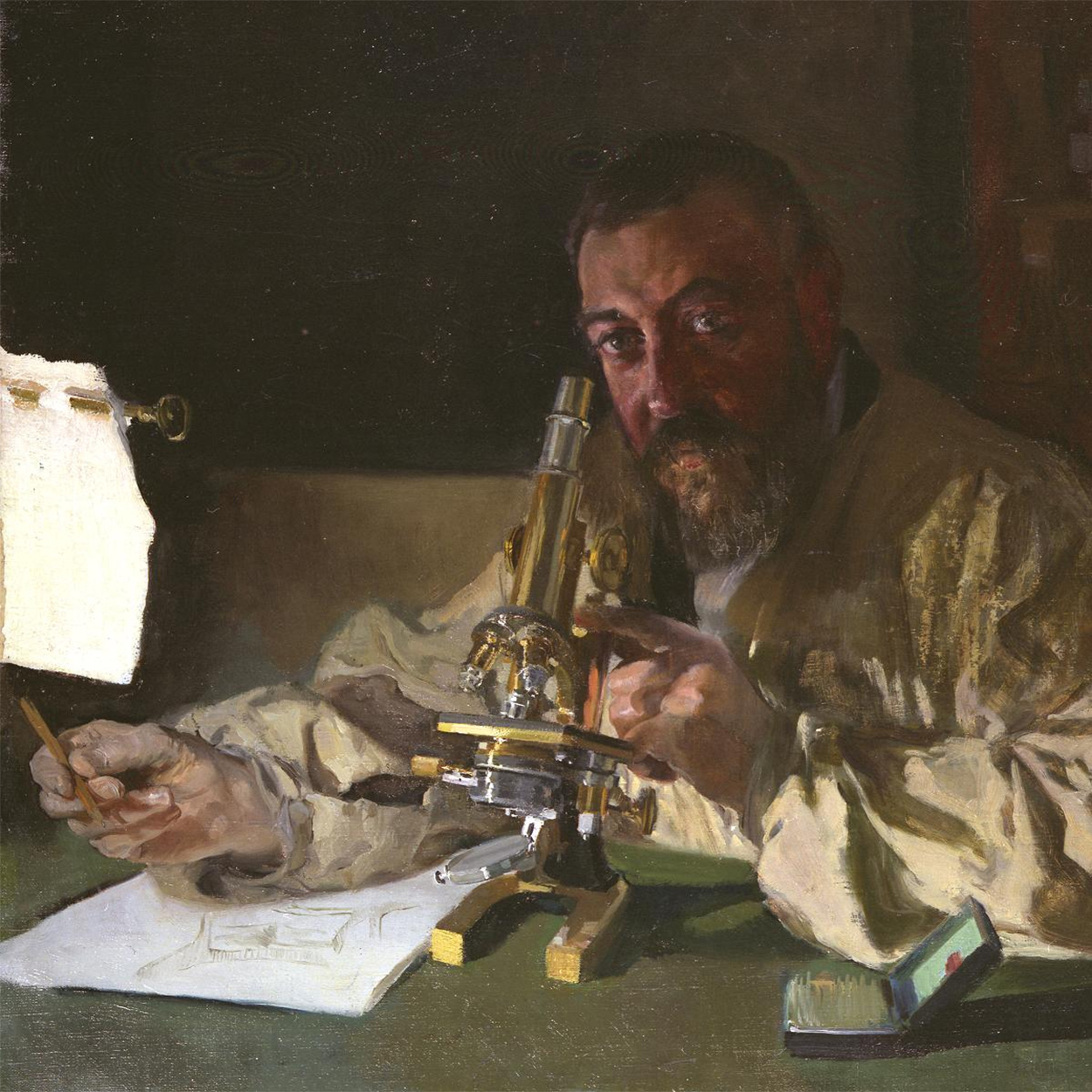In centuries past, the best and only relief from the blinding pain of a serious toothache came in the form of a pair of pliers. In the twenty-first century, we can detect cavities and fill them before they start to cause any pain at all. Of course, drilling the tooth causes pain, so you can have your tooth numbed with an injection first. Naturally, having someone jab a sharp needle into your gums is itself not pleasant, so you can also have some topical anesthetic applied before the shot.
To recap: you get a numbing gel to take away the pain of the injection, which takes away the pain of the drill, which in turn fixes the tooth before it starts to cause severe pain. That’s a triple-layered pain-avoidance strategy.
Don’t get me wrong, I take advantage of the full anesthetic spectrum whenever I visit the dentist. All else being equal, I’m definitely a fan of less rather than more pain. But I also wonder if we’ve reached a point in our society where we are so good at avoiding pain and suffering that we’ve come to view not just individual episodes of suffering as abnormal defects that can and should be entirely eliminated, but to see the entire concept of suffering as fundamentally aberrant and avoidable. A life without pain seems so tantalizingly close that it’s tempting to discard the idea that pain and suffering are uncomfortable but necessary aspects of a meaningful existence.
The Son of Man hath descended below them all. Art thou greater than he?
– D&C 122:8
During the nineteenth and twentieth centuries, innovations in public health and medicine dramatically decreased the number of people who died prematurely from disease and accident. The societal changes were so profound that some historians refer to the period as the “Dying of Death.”
Before the Dying of Death, people died in their homes attended by their friends and families. The loved ones of the deceased prepared the bodies of the dead for burial and hosted a viewing in the parlor of the family’s house. Since the Dying of Death, people die in hospitals or hospices attended by nurses and doctors. The bodies of the dead are prepared by professional morticians. Viewings are held in dedicated funeral parlors.
A life without pain seems so tantalizingly close that it’s tempting to discard the idea that pain and suffering are uncomfortable but necessary aspects of a meaningful existence.
Just as our pain-avoidance strategies create the illusion that suffering is optional, the Dying of Death created the illusion that death is optional or, at least, irrelevant. Of course the mortality rate for life on earth is still one hundred percent. Rationally, everyone understands this. But death and dying are now sequestered away from common, everyday, lived experience. Even if dying isn’t optional, thinking about it now is.
It is an incredible blessing to live in a time and place that allows us to preserve the lives of our children and loved ones from so many killers that haunted our ancestors—but along the way, some things were lost that should not have been.
In Through the Valley of Shadows, Samuel Brown explains that before the Dying of Death “[there was] a special status for the bereaved, a clear understanding of the needs of mourners, and a large community of those who had experienced bereavement.” The robust social understanding of grief has disappeared.
Another casualty of the Dying of Death, according to Brown, was the “good death culture.” He writes:
Where many generations of humans had spent most of their lives preparing for their deathbed, modern Americans spend only hours to at most days right in the midst of their death agony, trying to come to terms with what was once called the King of Terrors.
We should not have forgotten how to deal with death as communities or as individuals, but we have. Death is unpleasant, and so when we had the opportunity to hide it from view, we did. As a result, writes Brown, “the sanctity of death disappeared along with its menacing process.”
And thus we see, that there was a time granted unto man to repent, yea,
a probationary time, a time to repent and serve God.
– Alma 42:4
Once it became optional to think about suffering and death, it was only a matter of time until serious contemplation of either one became a modern taboo. The taboo is strictly maintained. We hold ourselves apart from the messier aspects of mortality and hold ourselves aloof from those who cannot maintain a decorous level of detachment themselves.
We segregate those struggling with serious psychological or physical challenges into dedicated institutions (or, worse, onto the streets). We use prenatal screening and elective abortion to ensure that the vast majority of human beings with Down Syndrome are killed before they can take their first breath. In a world of surrogate pregnancies and designer babies, life itself is becoming another commodity. And naturally, Americans, ever the consummate consumers, have no tolerance for defects in the merchandise.
In the end, we stigmatize suffering and those who suffer death or are dying.
The antidote is not to romanticize suffering and death. Even when the good death culture was still thriving, nobody celebrated death. “The good deathbed was never suicidal,” Brown observes. Instead, “When people came to die, they were able to create meaning. They were able to play their part in the drama centered at the passage from life to death.”
What is needed, then, is not a macabre celebration of death and suffering but a clear-eyed recognition and life-long familiarity with their ubiquity and inevitability.
But whoso shall offend one of these little ones which believe in me,
it were better for him that a millstone were hanged about his neck,
and that he were drowned in the depth of the sea.
Woe unto the world because of offences! for it must needs be that offences come;
but woe to that man by whom the offence cometh!
– Matthew 18:6-7
In 2012, the Huffington Post published a three-part story on Adverse Childhood Experiences (ACEs), calling it “the largest public health study you never heard of.” The story begins with an obesity clinic in San Diego:
It was 1985, and Dr. Vincent Felitti was mystified. The physician, chief of Kaiser Permanente’s revolutionary Department of Preventive Medicine in San Diego, CA, couldn’t figure out why, each year for the last five years, more than half of the people in his obesity clinic dropped out.
The strange behavior—lots of people were actually having great success prior to dropping out—drew Dr. Felitti’s attention, but cracking the mystery proved difficult. The first breakthrough came by accident. He was asking an obesity program participant a series of standard questions when he inadvertently posed the question “How much did you weigh when you were first sexually active?” instead of “How old were you when you were first sexually active?” The participant replied, “Forty pounds.” The article recounts:
[Dr. Felitti] didn’t understand what he was hearing. He misspoke the question again. She gave the same answer, burst into tears and added, “It was when I was four years old, with my father.” He suddenly realized what he had asked.
This was only the second case of incest Dr. Felitti had come across in over 20 years, but just 10 days later he came across yet another example. “It was very disturbing,” he said. “Every other person was providing information about childhood sexual abuse. I thought, ‘This can’t be true. People would know if that were true. Someone would have told me in medical school.’”
What is needed, then, is not a macabre celebration of death and suffering but a clear-eyed recognition and life-long familiarity with their ubiquity and inevitability.
As Dr. Felitti began to study the problem, he became increasingly convinced that cases of incest and other traumatic experiences including neglect and household dysfunction (experiences he later grouped together and named Adverse Childhood Experiences) were far more common than people believed.
Initially, however, he had very little success in convincing others of his results. Then, in a study running from 1995-1997, Dr. Felitti and his colleagues were able to interview over 17,000 participants about their Adverse Childhood Experiences (ACEs). As the second article in the HuffPo series describes it:
When the first results of the survey were due to come in, Anda [Felitti’s colleague] was at home in Atlanta. Late in the evening, he logged into his computer to look at the findings. He was stunned. “I wept,” he says. “I saw how much people had suffered and I wept.”
Here are the core results of the first ACE study (which have been confirmed in subsequent studies). First, “There was a direct link between childhood trauma and adult onset of chronic disease, as well as mental illness, doing time in prison, and work issues, such as absenteeism.”
So these ACEs are quite serious in terms of their impact on the lives of those who experience them. Second, nearly 60% of the participants had suffered from at least two ACEs. So they are quite widespread, much more than most people believe. But the most shocking result of all comes when you consider the demographics of the people in the study:
The ACE Study participants were average Americans. Eighty percent were white (including Latino), 10 percent black and 10 percent Asian. They were middle-class, middle-aged, and 74 percent were college-educated. Since they were members of Kaiser Permanente, they all had jobs and great health care. Their average age was 57. As Anda has said: “It’s not just ‘them’. It’s us.”
So they sat down with him upon the ground seven days and seven nights,
and none spake a word unto him: for they saw that his grief was very great.
– Job 2:13
Even today, it’s hard for me to read about Dr. Anda’s and Feletti’s findings without weeping along with them. This is a natural response. Jesus wept. God Himself wept. Enoch didn’t understand why, until God explained it to him, and then Enoch’s “heart swelled wide as eternity” and he too wept.
Growing up is all about getting hurt. And then getting over it. You hurt. You recover. You move on. Odds are pretty good you’re just going to get hurt again. But each time, you learn something. Each time, you come out of it a little stronger, and at some point you realize that there are more flavors of pain than coffee. There’s the little empty pain of leaving something behind–graduating, taking the next step forward, walking out of something familiar and safe into the unknown. There’s the big, whirling pain of life upending all of your plans, and expectations. There’s the sharp little pains of failure, and the more obscure aches of successes that didn’t give you what you thought they would. There are the vicious, stabbing pains of hopes being torn up. The sweet little pains of finding others, giving them your love, and taking joy in their life as they grow and learn. There’s the steady pain of empathy that you shrug off so you can stand beside a wounded friend and help them bury their burdens.
And if you’re very, very lucky, there are a very few blazing hot little pains you feel when you realize that you are standing in a movement of utter perfection, an instant of triumph, or happiness, or mirth which at the same time cannot possibly last–and yet will remain with you for life.
Pain is a part of life. Sometimes it’s a big part, and sometimes it isn’t, but either way, it’s a part of the big puzzle, the deep music, the great game. Pain does two things: It teaches you, tells you that you’re alive. Then it passes away and leaves you changed. It leaves you wiser, sometimes. Sometimes it leaves you stronger. Either way, pain leaves its mark, and everything important that will ever happen to you in life is going to involve it in one degree or another.
Jim Butcher is correct, but an appreciation for the necessary role of suffering and death in this mortal sojourn—a restoration for the sanctity of suffering—is only possible after we break the taboo of perfectionism and stop sequestering suffering and death away.
When we do this, we will discover another vital reason to reclaim suffering from the shadows: we cannot mourn with those who mourn if they hide their mourning. To the extent that we remain unaware of the great, wide swathes of pain and tragedy and heartache that beset our friends and family and colleagues, we isolate and abandon those in greatest need of our comfort and solace.
Beloved, think it not strange concerning the fiery trial which is to try you,
as though some strange thing happened unto you.
– 1 Peter 4:12
We are made to suffer. This is true for both definitions of the word “made.” Down here on this fallen Earth, we are forced to endure suffering, loss, sacrifice, and disappointment. Some of these experiences are God’s will. Others are random happenstance. Yet more are the consequences of the willful or reckless or negligent evil we do to ourselves and each other. It’s senseless to try and pinpoint in every case why a person is suffering. The point is that we do. Much, much more than we realize.
It’s also true that we were created for this suffering. It’s part of the plan. It’s not a surprise or an accident that we find ourselves traveling through a vale of tears and the valley of the shadow of death. That’s what was written on the map before we started the journey.
This may seem like a grim take on the plan of salvation, which, after all, we also call the plan of happiness. There’s a reason for that. None of the common folk living in the time of Christ needed the concept of “the good news” explained to them. Death, suffering, powerlessness, injustice: these were their everyday brutal realities. They lacked all the artifices that the First World has developed to distract and delay suffering and death. Their intimate and daily exposure to physical suffering provided an opening for them to understand Christ’s offer to save them. Even if they were only hungry for the physical food He offered at first, they at least were hungry.
[W]e were created for this suffering. It’s part of the plan.
In the modern West, we’ve gotten so good at marginalizing death and suffering that the phrase “good news” doesn’t have as much immediate resonance. The Atonement of Christ is like a cure for cancer, but we moderns don’t even know that we’re sick. Thus, we have to be forced to look the “bad news” straight in the face before we are able to appreciate the good news. “Life is pain,” says the Dread Pirate Roberts in The Princess Bride. “Anyone who says differently is selling something.”
Only after we accept the starting point—that we have cancer, that life is pain—are we ready to understand how good the good news is. There’s a cure for the cancer. There’s meaning—and love and hope and truth and beauty and joy—intertwined with the suffering.
In her novel The Beginning of Everything, Robyn Schneider writes:
“You know how they categorize Shakespeare’s plays, right? If it ends with a wedding, it’s a comedy. And if it ends with a funeral, it’s a tragedy. So we’re all living tragedies, because we all end the same way, and it isn’t with a —damn wedding.”
This got me thinking: In Latter-day Saint marriages, we are joined not “’til death do you part” but for time and all eternity. Death comes for us all, but it is not the end. The funeral is temporary. It is the wedding that lasts forever.
Latter-day Saints not only hope and long for the eventual defeat of death and tragedy, we’re on the front lines making it happen. We reach beyond death to secure a happy ending for ourselves and our families—not instead of all the pain, but in, after, and beyond it.
The last enemy that shall be destroyed is death.
– 1 Corinthians 15:22

















